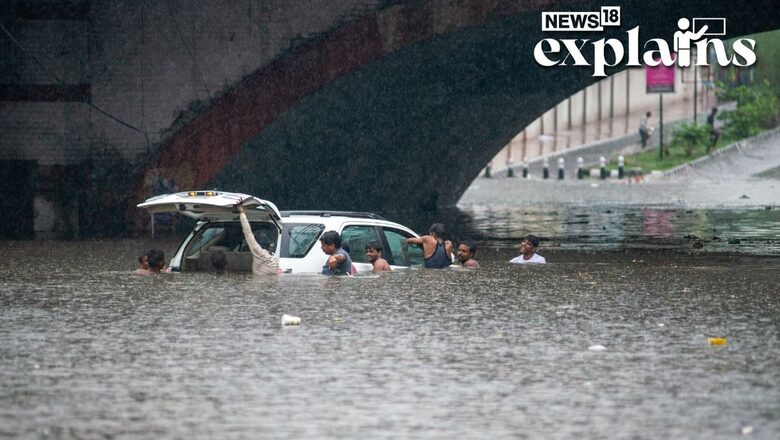
views
A 22-year-old woman drowned on Sunday after a car she was travelling in with her family got stuck in neck-deep water at KR Circle underpass, just a stone’s throw from Vidhana Soudha, the seat of power in Karnataka.
Fire and emergency services personnel saved five others of the family and the driver, with the help of people who had rushed to save those trapped in the flooded underpass in the heart of the city. The victim as well as the others were taken to St Martha’s Hospital where doctors declared the woman, identified as Bhanurekha, dead.
Learning about the incident, Chief Minister Siddaramaiah rushed to the hospital and took stock of the situation. He announced a compensation of Rs five lakh to the next of kin of the deceased and free treatment for those admitted in the hospital.
Amid the unfortunate development, let’s take a look at how to save yourself if ever faced with such a situation:
- The first and most important advice is to not take your vehicle out during severe rain or flooding situation, till wherever possible. That said, most cars have a specific maximum wading depth, which varies depending on the type of vehicle. Hatchbacks and sedans typically have a range of 180 mm to 200 mm, while SUVs can handle deeper water, ranging from 300 mm to 600 mm, according to a report by the Quint.
- Custom-built SUVs with modifications can handle even greater depths. When encountering flooded areas, it is crucial to assess the water depth visually. If the water level rises above the center of the wheel hub in hatchbacks or sedans, it is advisable to avoid driving further.
- If you find yourself already driving in a flooded street and the water level continues to rise, it is important to keep the vehicle moving. Do not allow the engine to stall. Keep the windows open, maintain engine revs (even by partially pressing the clutch), and proceed forward slowly.
- Diesel vehicles tend to handle flooded roads better than petrol vehicles because they do not rely on spark ignition, which can be affected by water and lead to engine failure, the report explains.
- It is crucial to ensure that the water level does not reach above the bumper or grille since the air intake is typically located behind the grille. If water enters the air intake, it can cause severe damage to the engine, resulting in hydrolock, which requires costly repairs.
- In extreme situations, it may be necessary to abandon the vehicle for personal safety. If the water level continues to rise and the car has already stalled, attempting to restart it should be avoided. It is easier to clean a non-running vehicle than one that has ingested water due to an unsuccessful start, the report says.
- To prevent being trapped inside the car, it is important to exit before the water level reaches halfway up the car doors. The pressure from the water can make it extremely difficult to open the door. Additionally, if the tailpipe is submerged, the buildup of carbon monoxide inside the car can be hazardous.




















Comments
0 comment